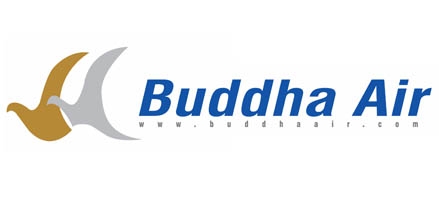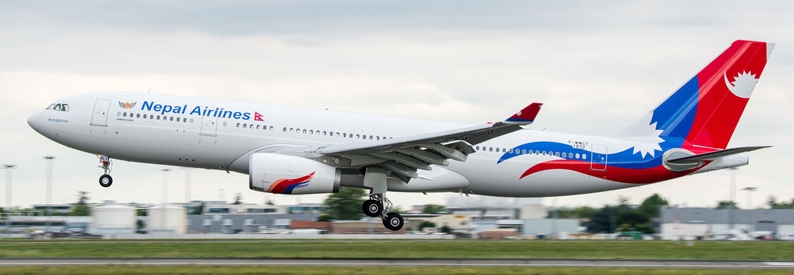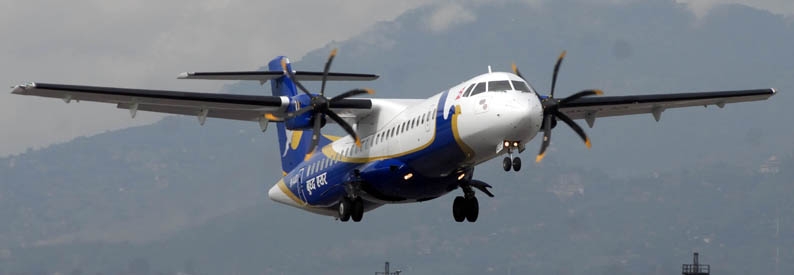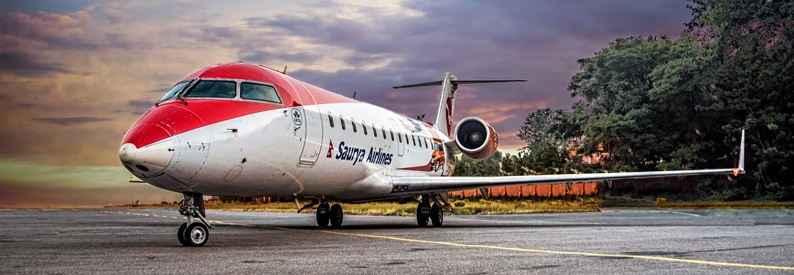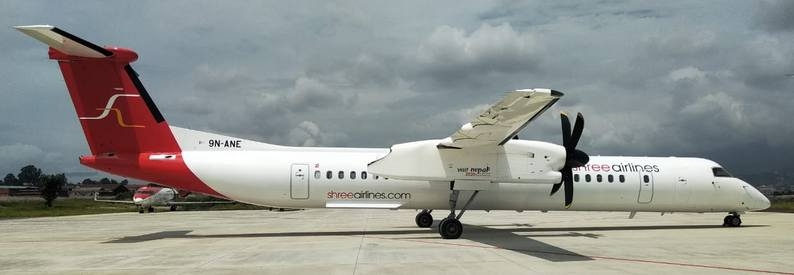Buddha Air (U4, Kathmandu) has mapped out its international growth plans which will focus on tapping into the high-end tourism market.
The carrier is due to resume international flights in September this year with service from Kathmandu to Kolkata in India using ATR72-500 equipment. It is also studying the acquisition of two narrowbody jets, either A320 Family jets or B737-8s, for use in expanding its foreign coverage from 2020 onwards.
Managing Director Birendra Bahadur Basnet told the Kathmandu Post that with the aircraft in place, Buddha Air's growth abroad will take place in two phases; the first will entail service to most major Indian cities as well as Guangzhou (China), Dhaka (Bangladesh), and Bangkok (Thailand). The second phase will see the start of flights to medium- and long-haul destinations in Japan, South Korea, China, and Russia.
“By March 2020, we will be flying to key Indian cities from Kathmandu Tribhuvan International Airport (TIA) after acquiring two narrow-body jets,” he said. “By August 2021, we will add two more jets and begin operations from the upcoming international airport in Pokhara [due for completion in mid-2021]. By 2022, we will have six jets. At this point, we will be able to connect Kathmandu with Moscow, Seoul Incheon, and Japan directly.”
To sustain its growth plans, Buddha Air will add two jets per annum. By 2031, it aims to operate 20 jet aircraft.
State-owned Nepal Airlines (RA, Kathmandu) and the China/Nepal joint-venture carrier Himalaya Airlines (H9, Kathmandu) are the only Nepali airlines currently offering scheduled international passenger flights. Aside from Buddha Air, Shree Airlines (N9, Kathmandu) has also signalled its own intentions to venture abroad having applied for a permit in December 2017.
Of the lot, Nepal Airlines will take delivery of its first widebody jets, A330-200s, in May and June this year for use in opening up routes to each of Seoul Incheon, Osaka Kansai, and Riyadh. Himalaya Airlines has also expressed its own intention to acquire A330s to be used to launch its own services to Japan, Korea, Europe, Australia, and the United States.
